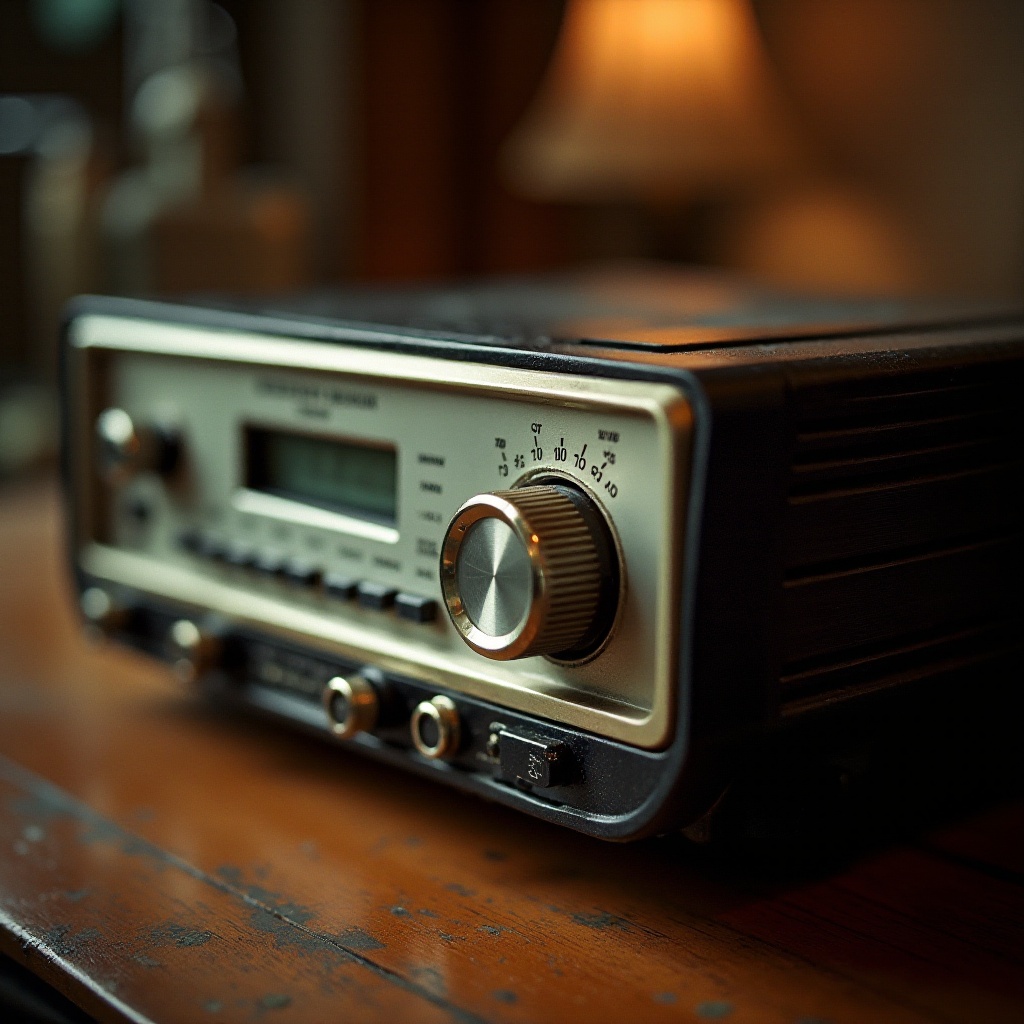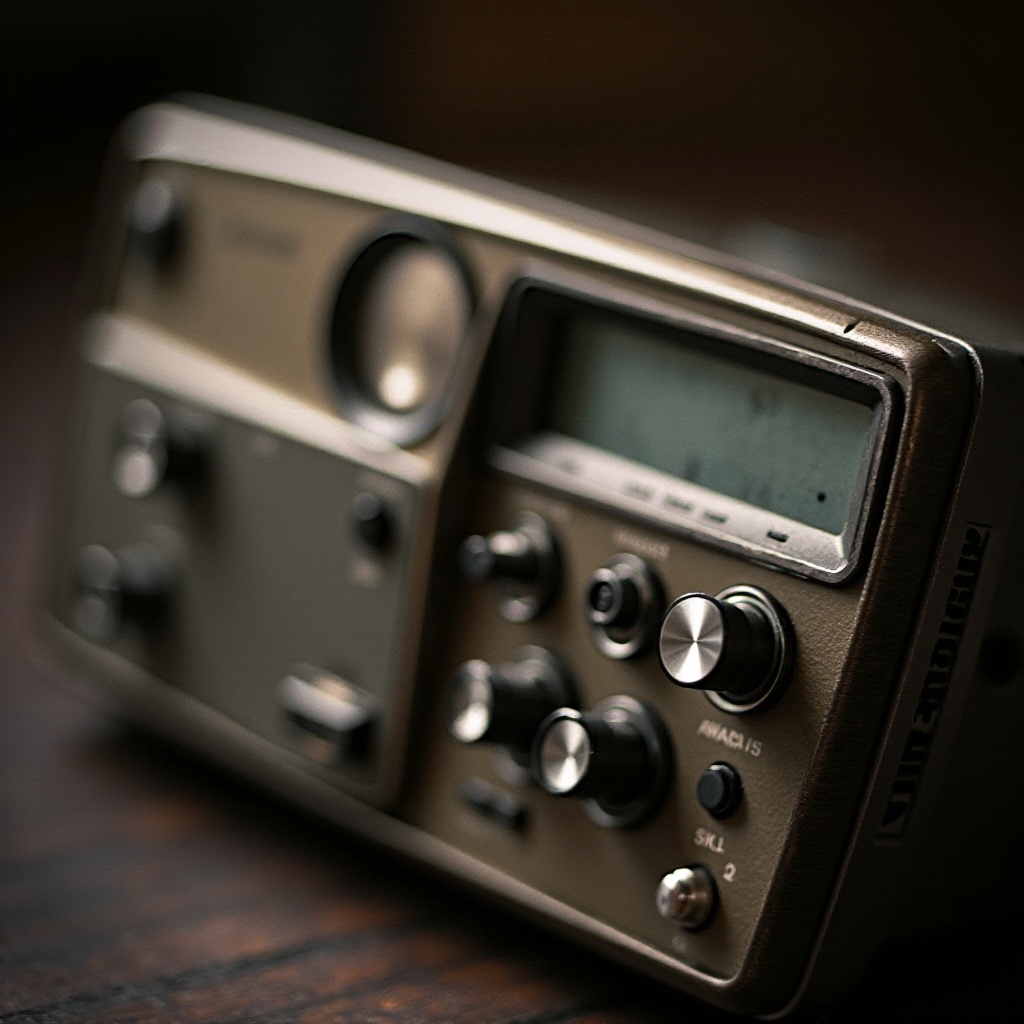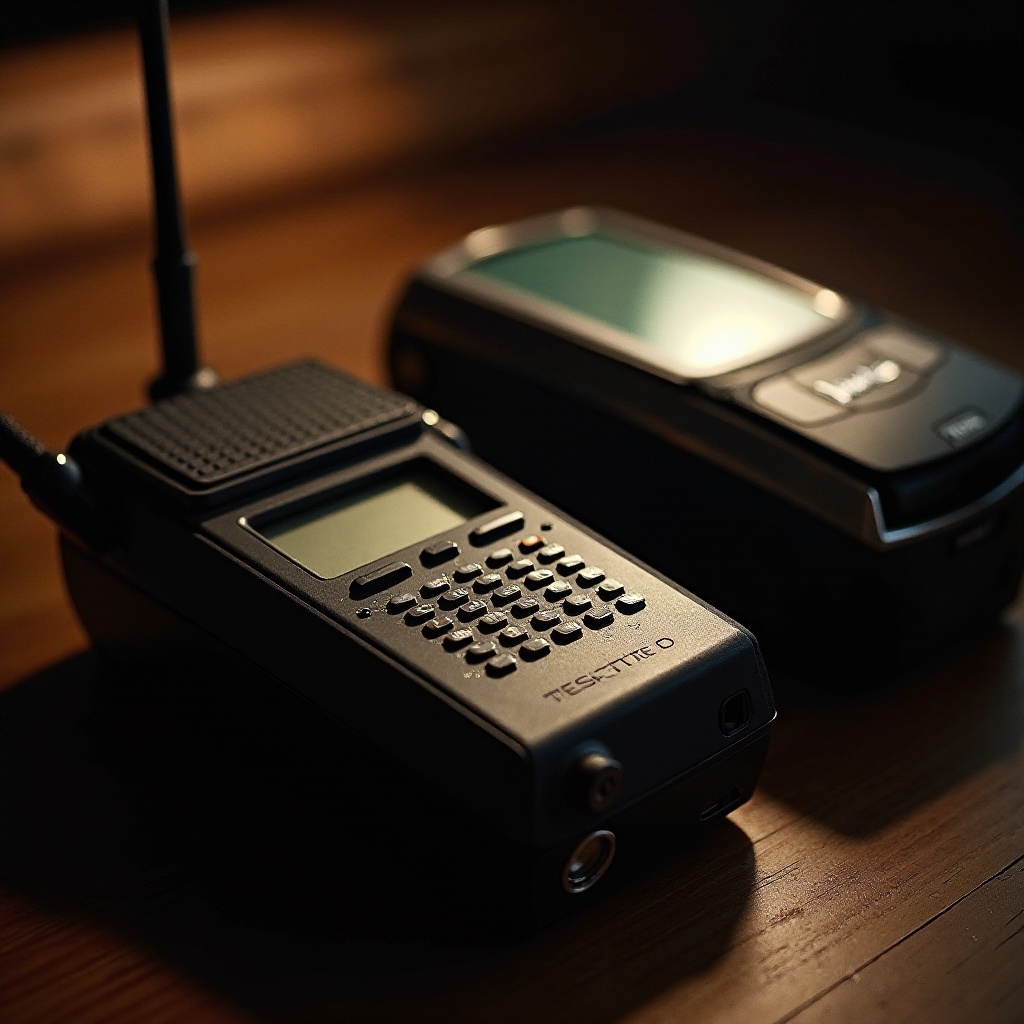Introduction
Radio Shack has left a lasting mark in the realm of vintage electronics, particularly through its pioneering radio scanners. These devices offered a gateway to the world of public frequencies, an innovative concept that captured the imagination of tech enthusiasts. For many, old Radio Shack scanners are more than just obsolete gadgets; they are relics of an era when technology was becoming increasingly accessible. Today, these scanners maintain an enduring appeal, captivating collectors and those who enjoy the history of communication technology.

The Rise of Radio Shack Scanners
Radio Shack was pivotal in bringing communication technology to the masses, with their line of radio scanners serving as the flagship products. During their peak years, these scanners not only flourished in homes across the world but also inspired a community of radio hobbyists and tech enthusiasts.
Historical Context and Development
The story of Radio Shack scanners began in the innovative 1970s, a decade of burgeoning technology that saw the rise of personal electronic devices. By tapping into the public’s growing interest, Radio Shack rolled out models like the Pro-2004 and Pro-2026. These scanners quickly became household staples, allowing users to listen in on a wide array of frequencies, from police dispatches to weather updates. This ability to bridge distances made the scanners incredibly popular.
Iconic Models and Their Popularity
Among the many models launched, a few stood out for their unique features and reliability. The Pro-2006 gained fame for its wide frequency range and programmable capabilities, while the PRO-106 was celebrated for introducing digital scanning technology. Such models remained popular contenders among collectors, symbolizing an era of groundbreaking radio communication technology.
The Technical Marvel: Features of Old Radio Shack Scanners
The enduring popularity of these devices owes much to their combination of straightforward design and technical sophistication. Their engineering catered to both casual users and dedicated hobbyists, cementing their legacy in tech history.
Analog to Digital Transition
Initially, Radio Shack scanners were predominantly analog, designed to capture various frequencies broadcast over the airways. As digital technology began to gain ground, these models evolved, offering clearer sound and more precise frequency targeting. This analog-to-digital transition marked a pivotal moment, significantly enhancing user experience while setting the standard for modern scanners.
Unique Features That Captivated Hobbyists
Several aspects made these scanners particularly attractive. Beyond their affordability, the ease of programming and intuitive interfaces stood out. Users could effortlessly listen to police, fire, and other services channels, making these devices immensely popular. Their durable build ensured they could withstand frequent use, while their portable design made them convenient tools for enthusiasts on the go.

Collecting and Preserving Vintage Scanners
Over time, items from past decades often acquire a charm and rarity that offers new generations the chance to relive the advances of earlier technological milestones. This holds especially true for vintage Radio Shack scanners.
Finding and Acquiring Old Models
For those interested in these historical devices, online marketplaces or local antique shops can be treasure troves. Networking with fellow collectors can provide insights and lead to potential acquisitions. Certain iconic models may demand a premium price, but the investment often rewards with a unique sense of nostalgia and historical appreciation.
Tips for Maintaining and Restoring to Working Condition
Preserving the functionality of vintage scanners involves some practical steps:
– Dust regularly to prevent buildup and keep the device running smoothly.
– Store in climate-controlled environments to avoid moisture damage.
– Consider replacing worn parts, such as capacitors and transistors, with compatible components to enhance performance.
For restorations, consulting original manuals and online resources can provide essential guidance and community support when needed.
Cultural Impact and Community
The legacy of Radio Shack scanners extends far beyond their technical specifications. They have left a substantial imprint on the amateur radio and technology communities, fostering a shared passion that has spanned generations.
Influence on Radio Hobbyist Culture
The democratization of radio scanning offered by Radio Shack allowed a broader audience to partake in this absorbing hobby. It encouraged the formation of clubs and online communities where enthusiasts shared their findings and assistance. This culture of collaboration thrives to this day, with dedicated events and meetings continuing to gather like-minded individuals.
Vintage Scanners in Media and Pop Culture
Appearances in films and television have also preserved the legacy of these iconic devices, often portraying them as tools for savvy investigators or tech aficionados. Such portrayals contribute to their cultural significance and ongoing recognition among the public.
Comparing Old and Modern Scanning Technology
As we move further into the digital age, the evolution of scanning technology becomes more pronounced. Despite these advancements, the allure and experience provided by older models remain unique and compelling.
Technological Advancements and Limitations
Modern scanners boast a wide array of advanced features, such as Wi-Fi connectivity and real-time data streaming. Despite these upgrades, the core functions of older models continue to hold an attraction for many users. Their simplicity and reliability provide a nostalgic experience that many advanced contemporary devices can’t fully replicate.
Why Some Enthusiasts Prefer Older Models
For some, vintage is synonymous with authenticity and craftsmanship. Older scanners offer a tactile experience that connects the user with the historical practices and innovations of the past. They are revered not only for their function but also for the story they tell of the relentless progression of technology.

Conclusion
The allure of old Radio Shack scanners endures, demonstrating the lasting impact of technology on our daily lives and collective culture. Embarking on a journey with these devices offers both a historical perspective on technological development and a fulfilling hobby that continues to bridge generations of tech enthusiasts and collectors.
Frequently Asked Questions
What makes old Radio Shack scanners special compared to modern ones?
Their unique combination of simplicity, durability, and historical significance sets old Radio Shack scanners apart. They’re an entry point to the world of vintage tech.
Where can I find parts for repairing vintage scanners?
Online marketplaces, electronics forums, and specialty electronics shops are ideal starting points for finding replacement parts for vintage scanners.
Are old Radio Shack scanners compatible with today’s scanning technology?
While older scanners might not access all modern frequencies, enthusiasts often modify or use them alongside digital receivers for a comprehensive experience.
